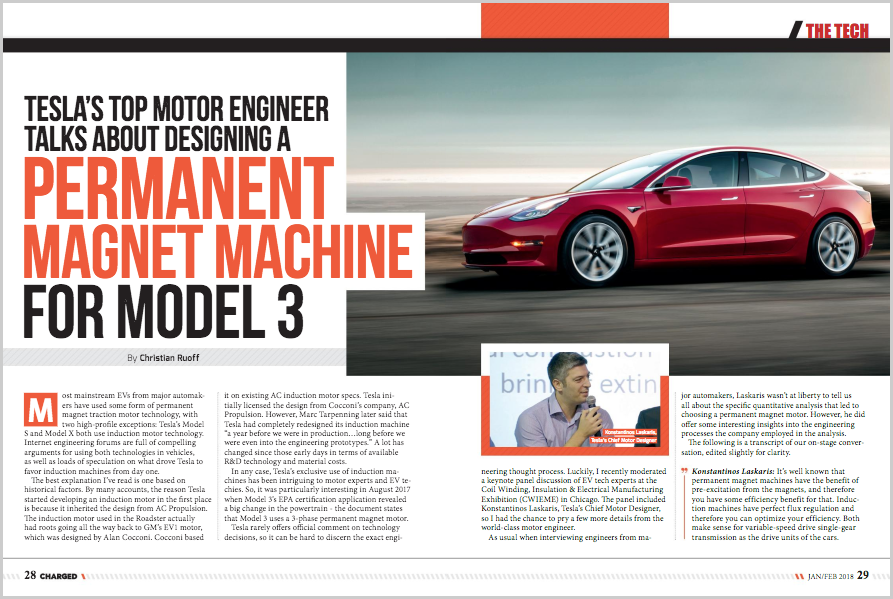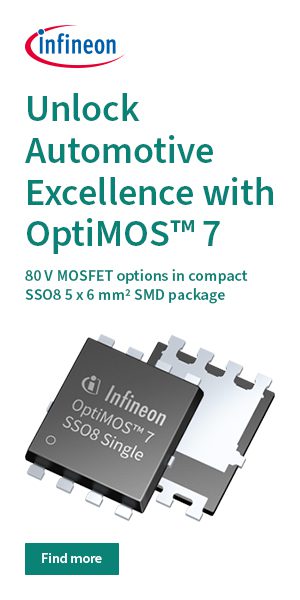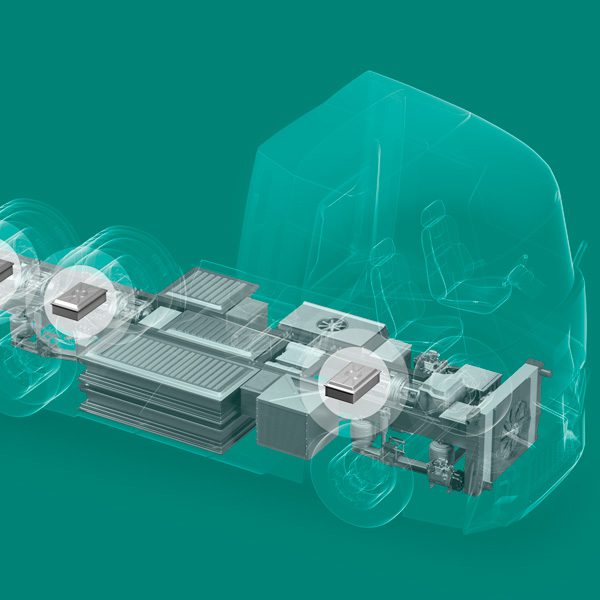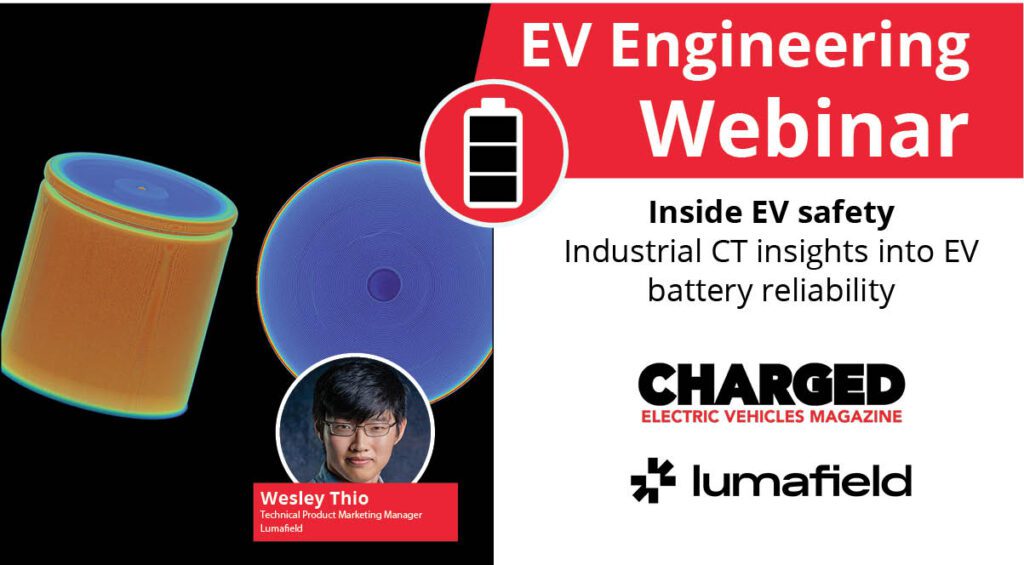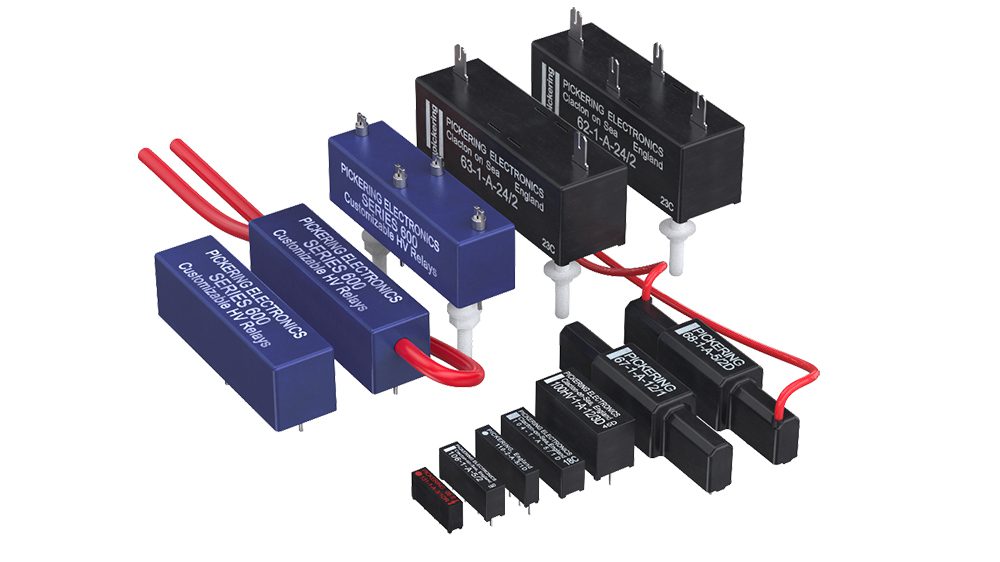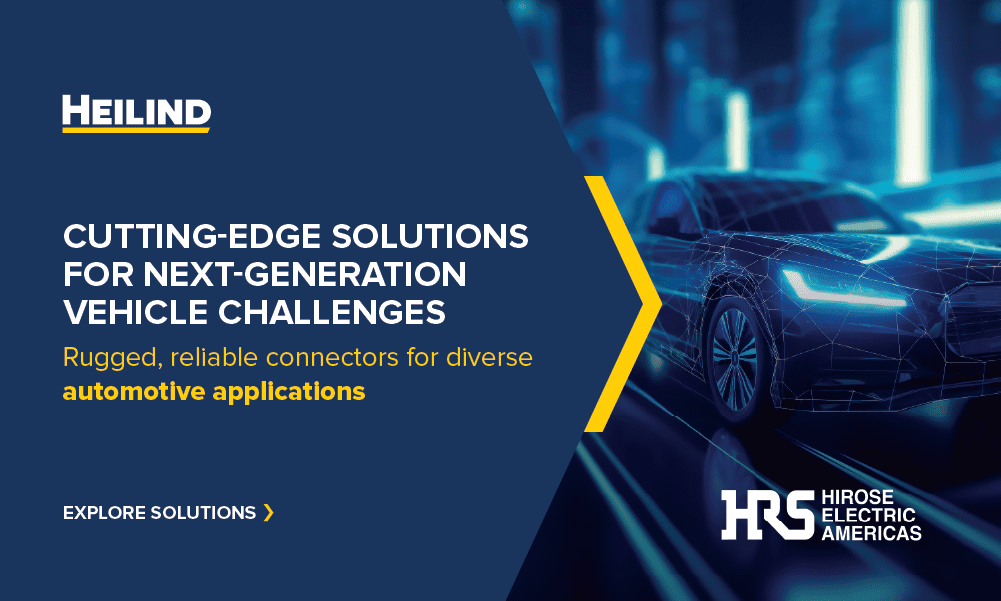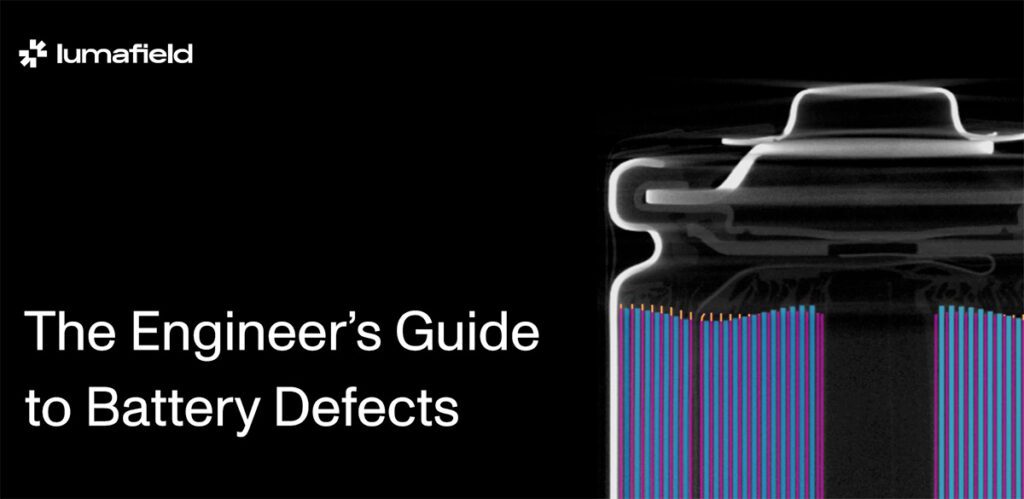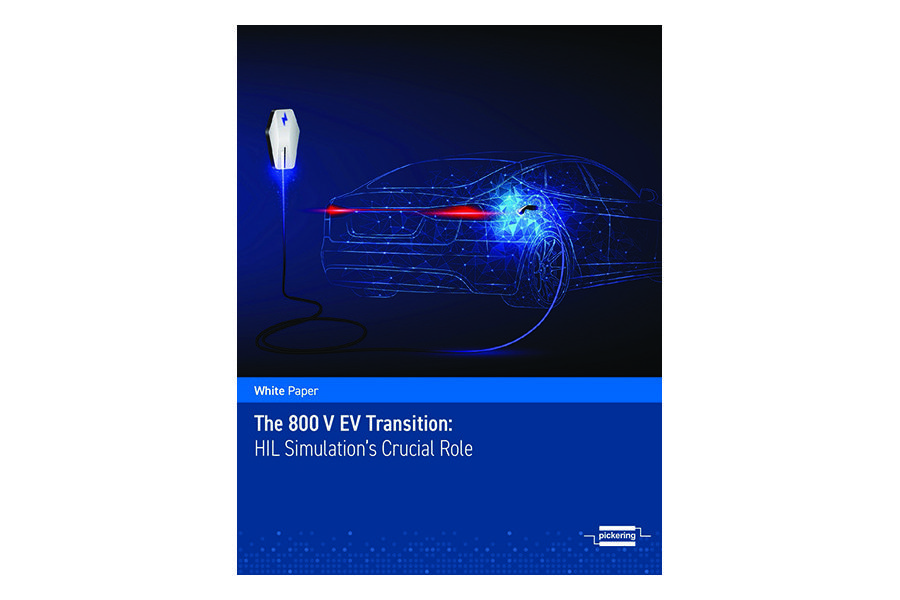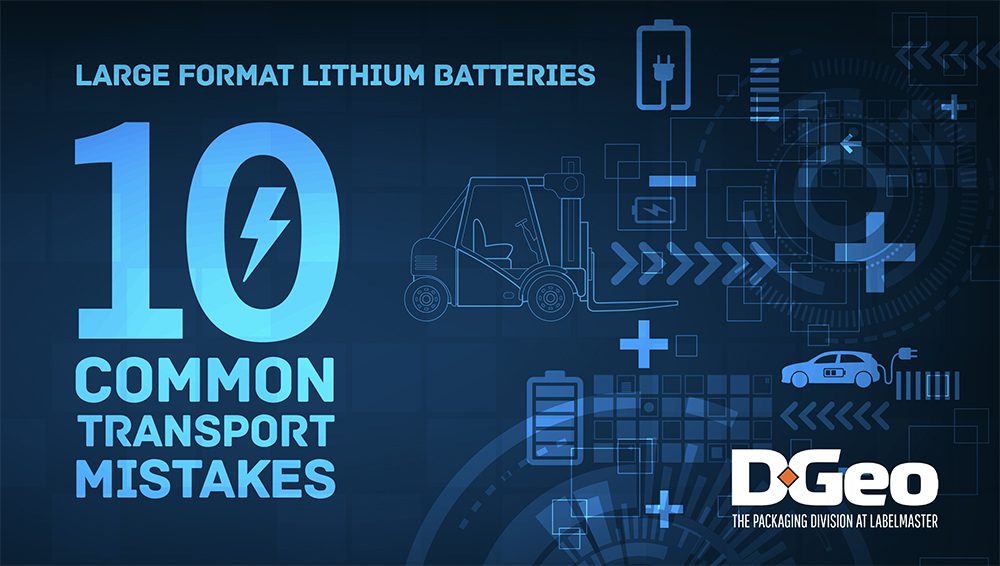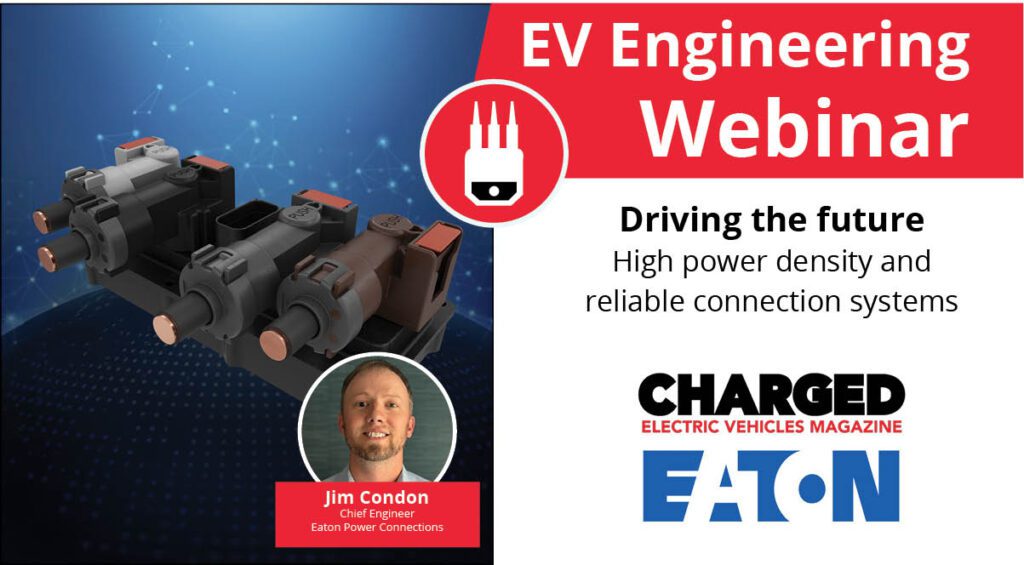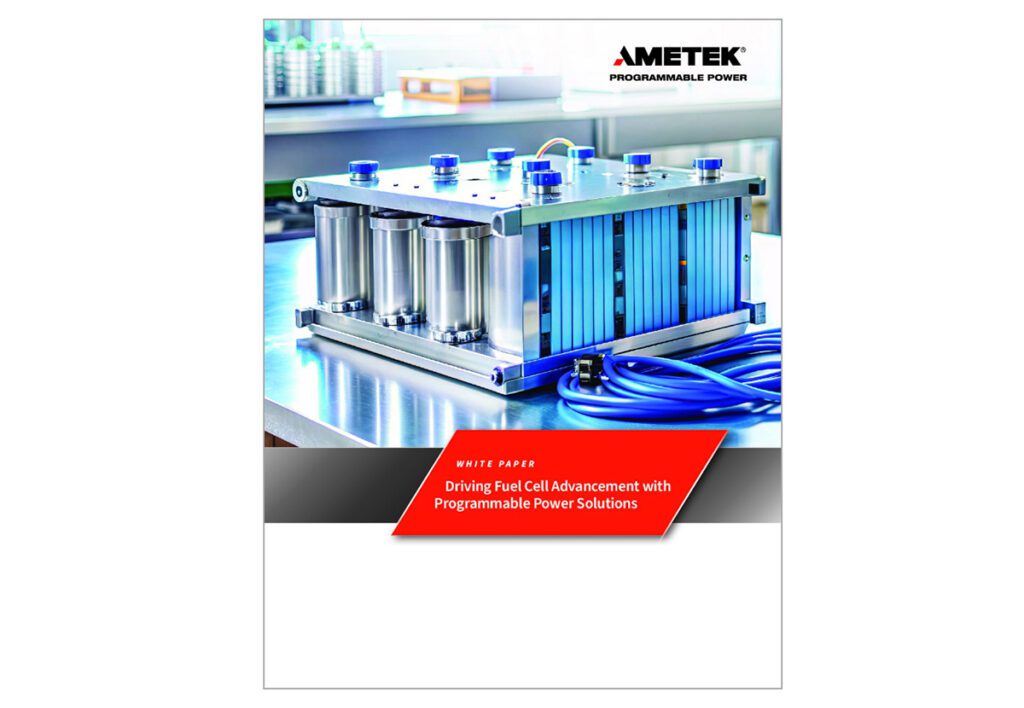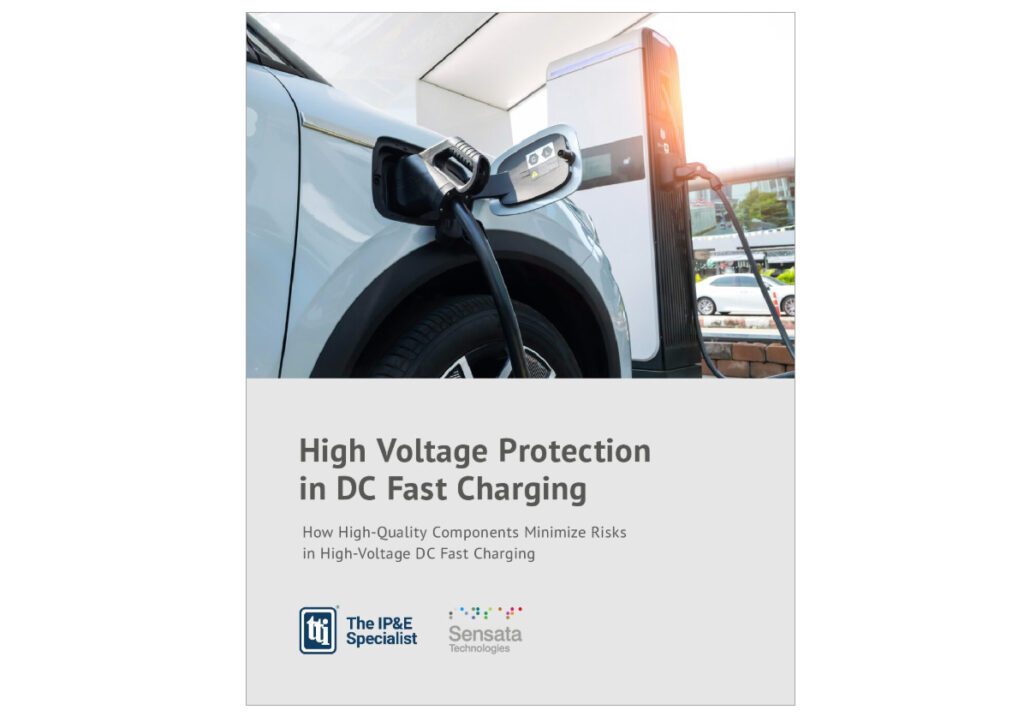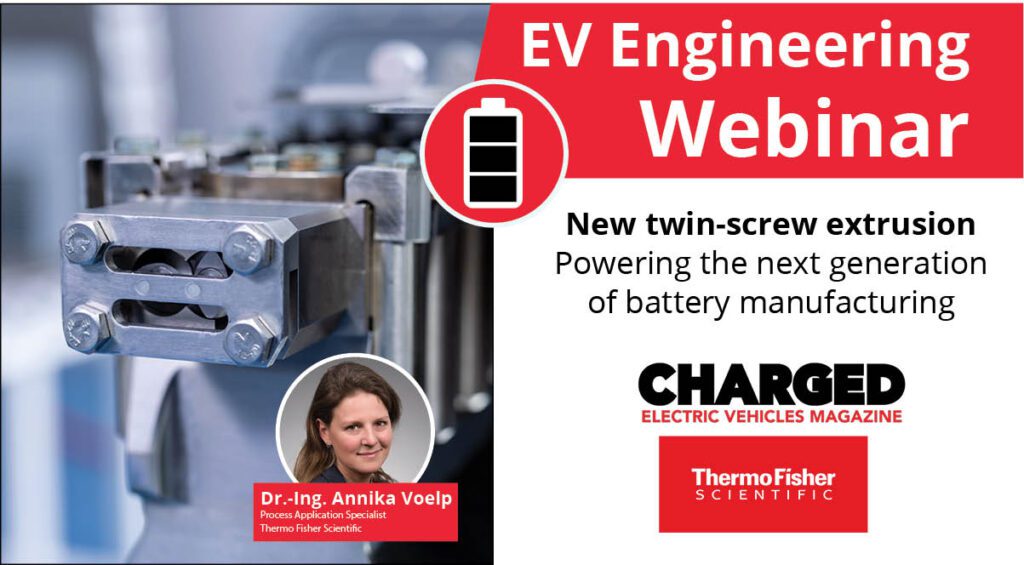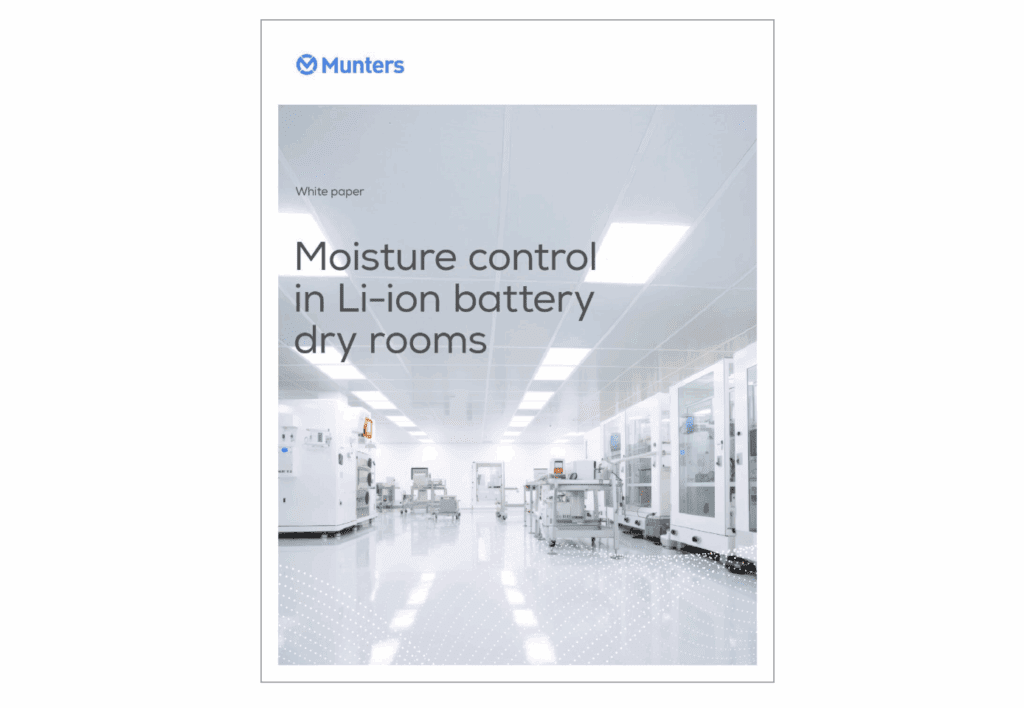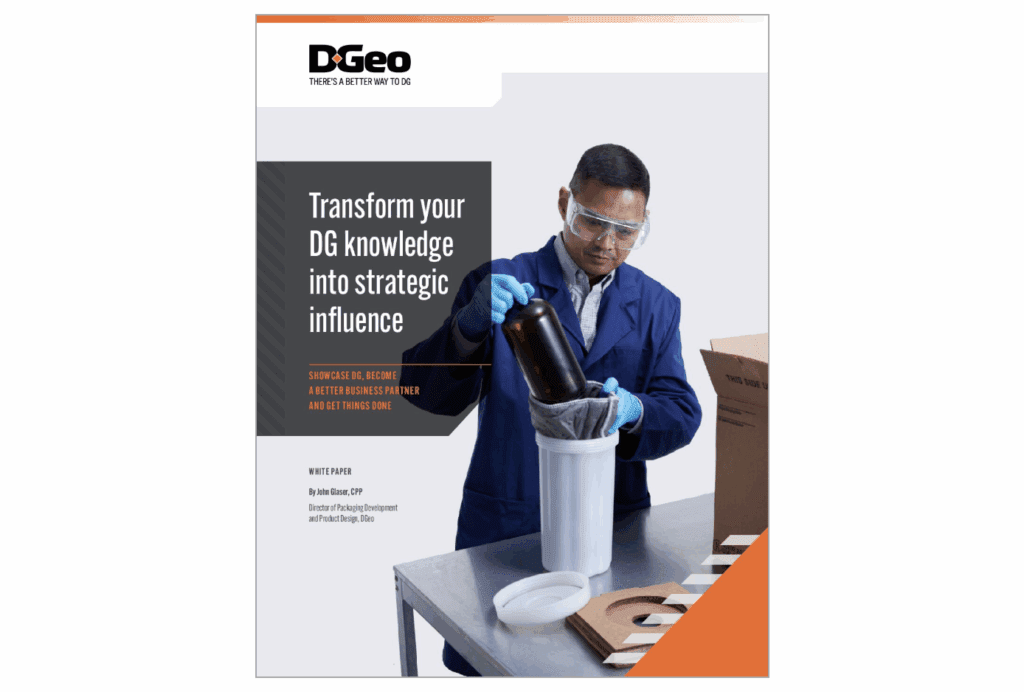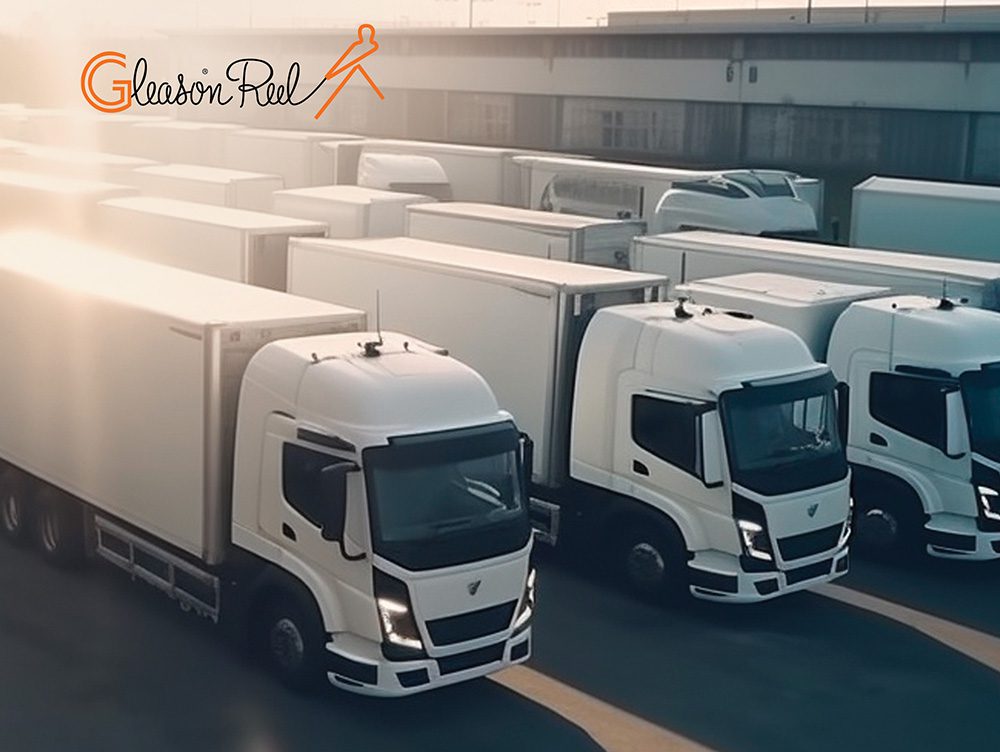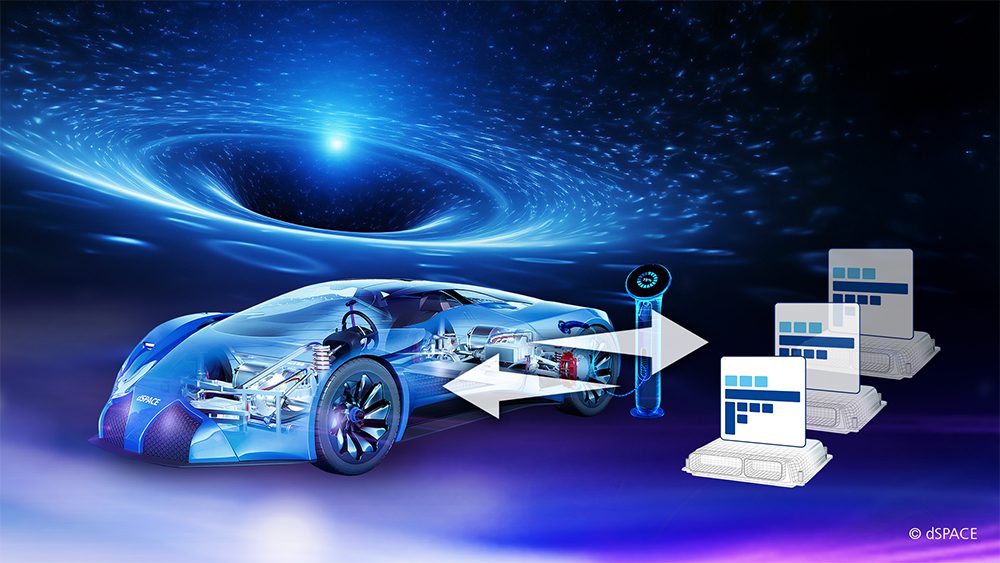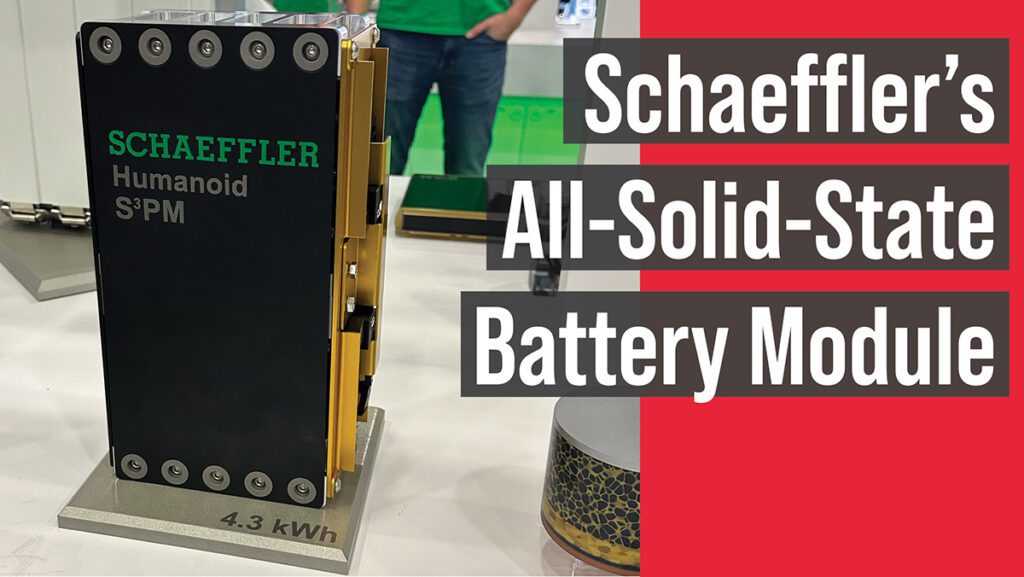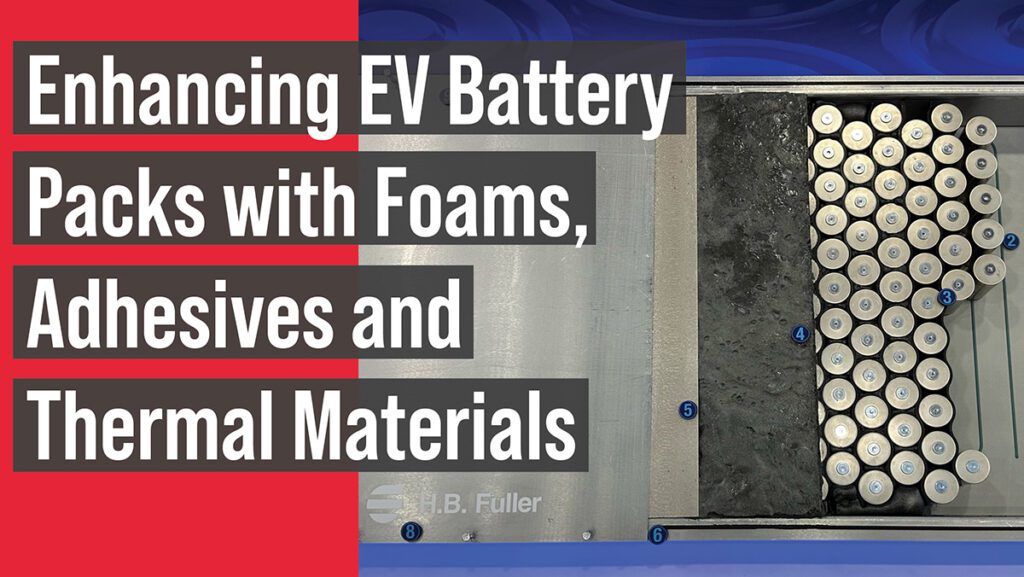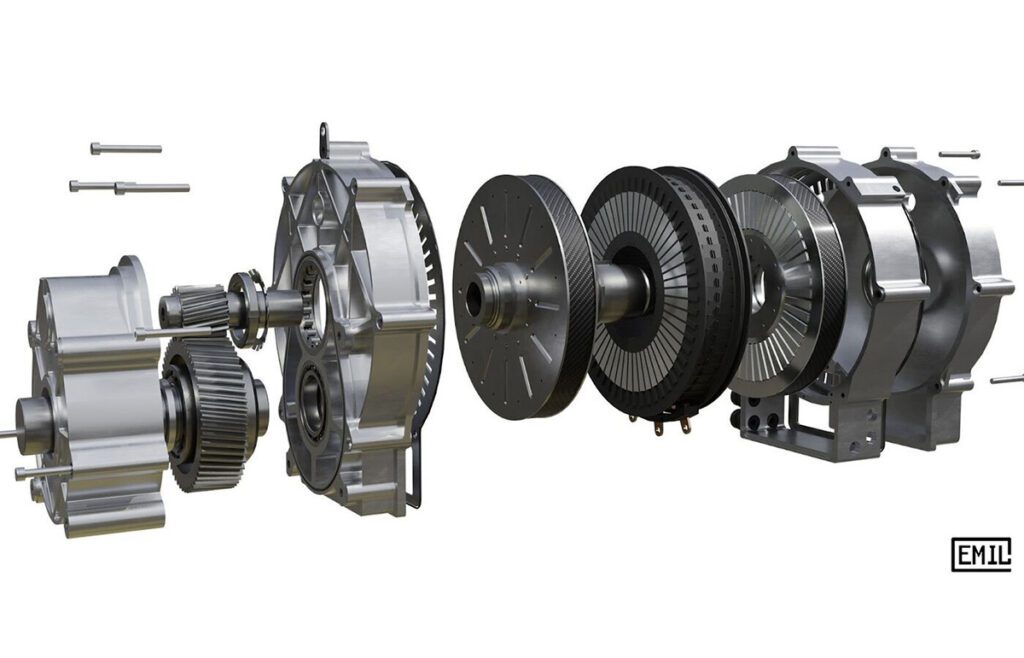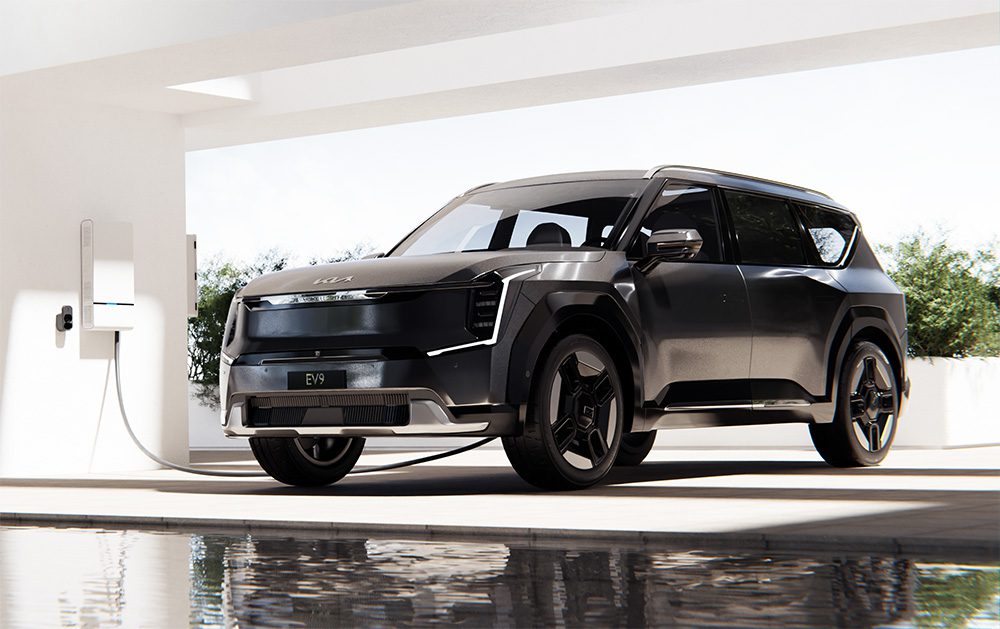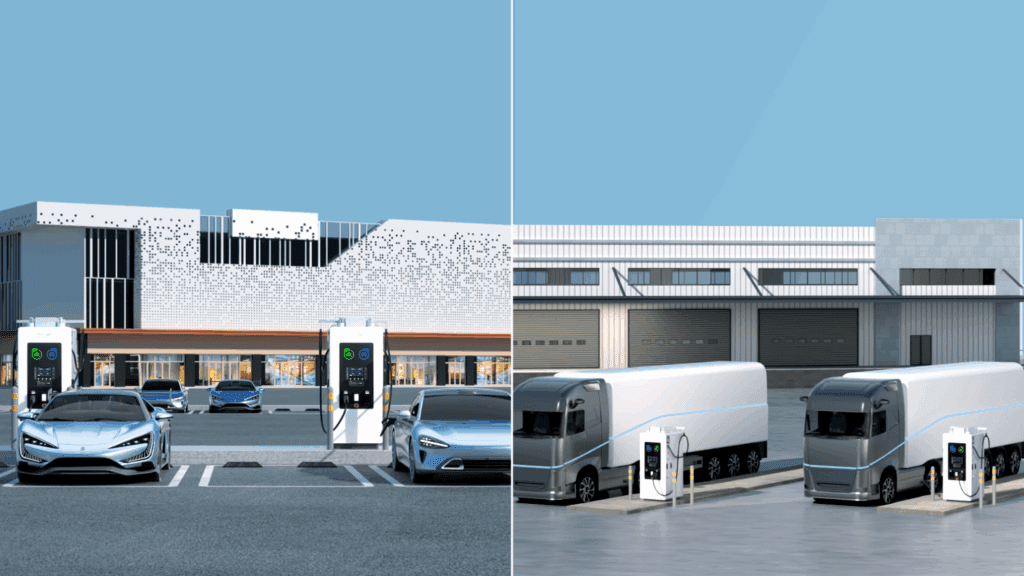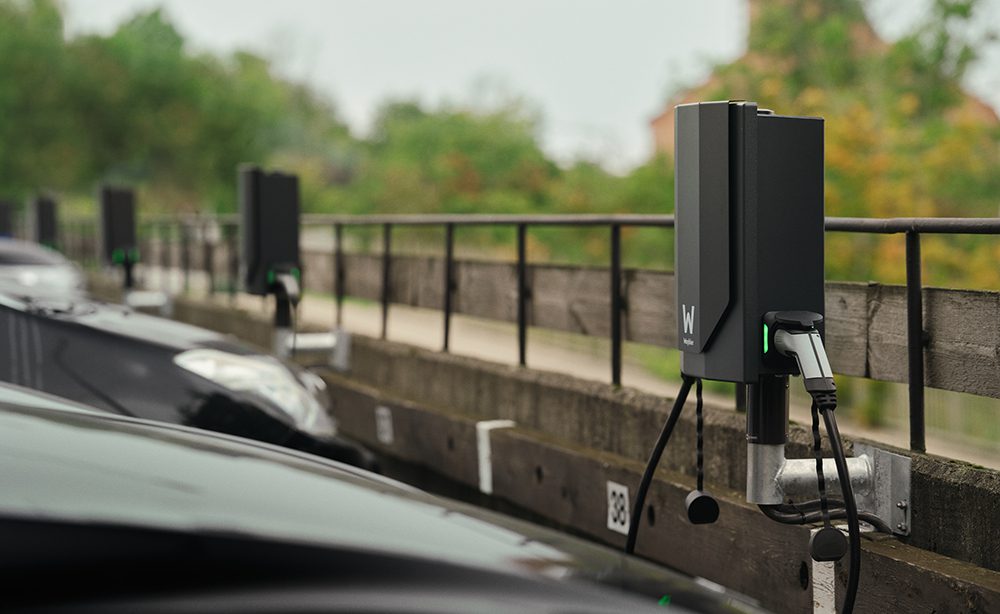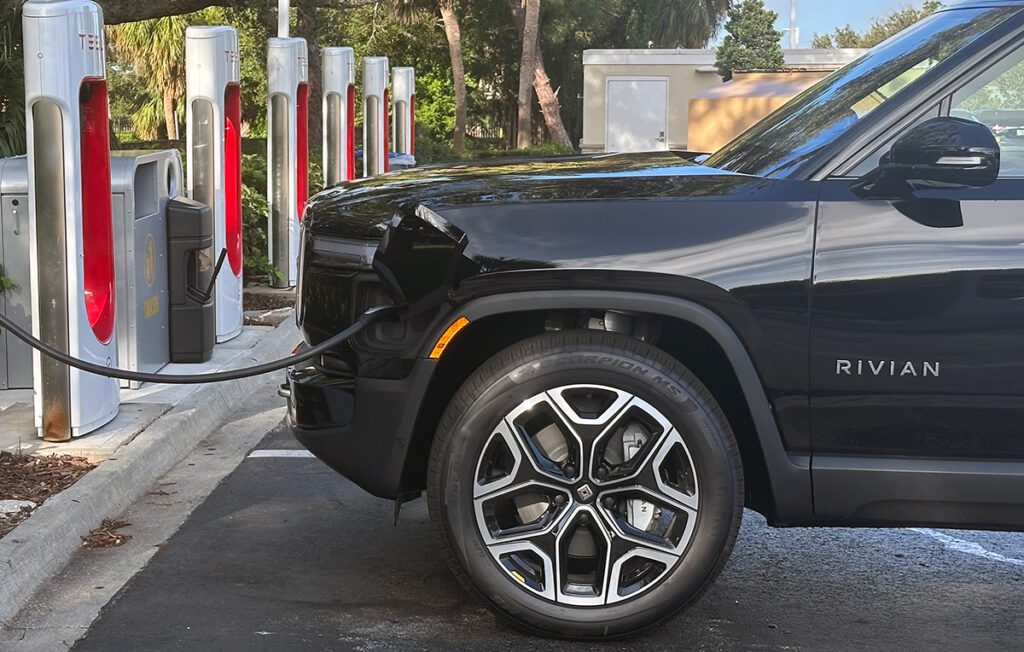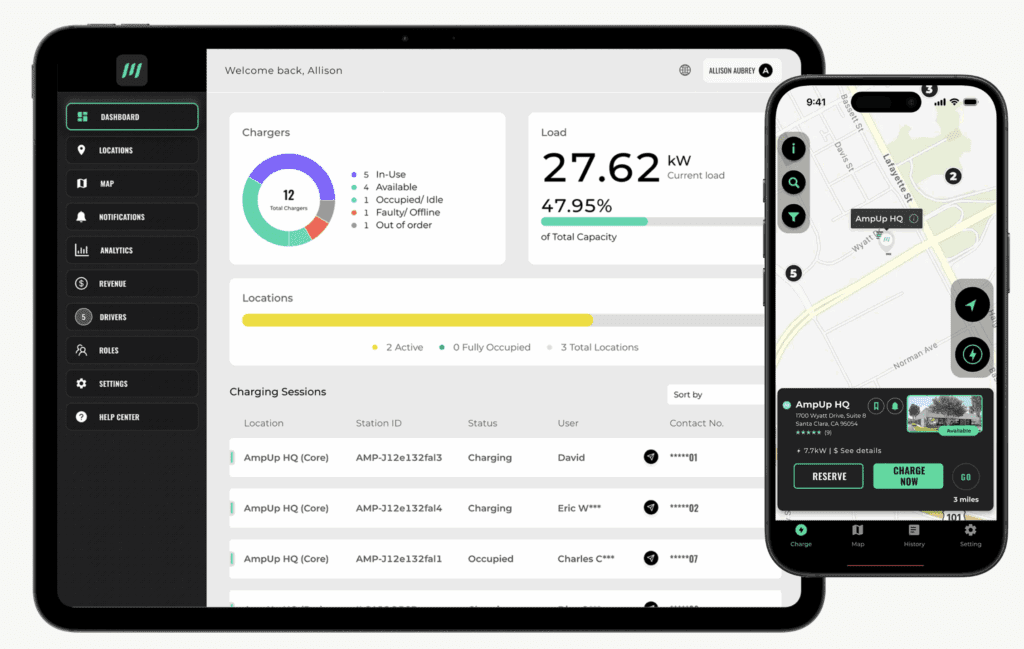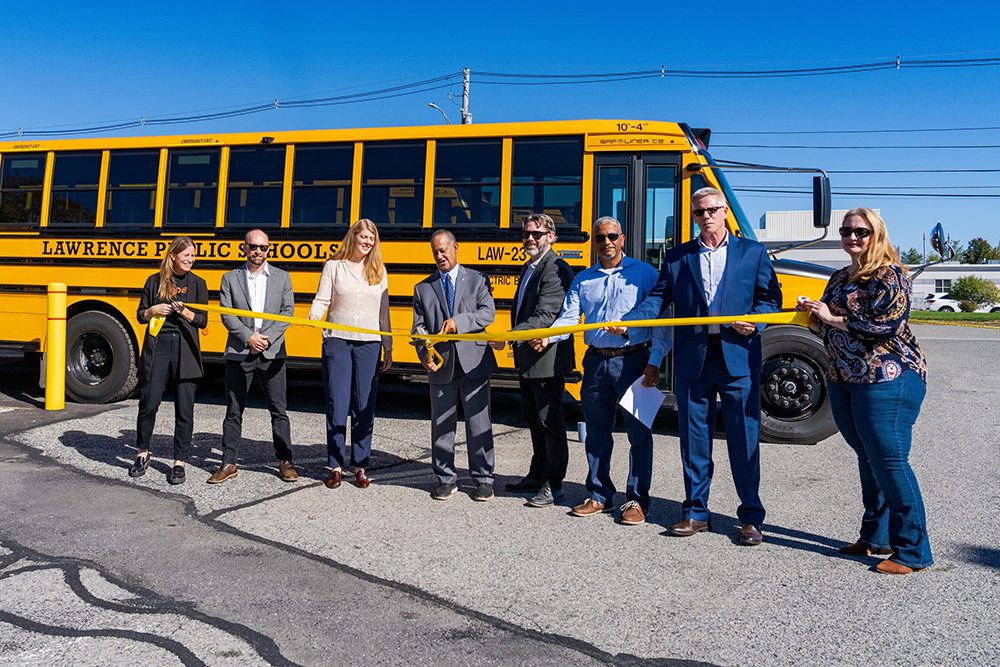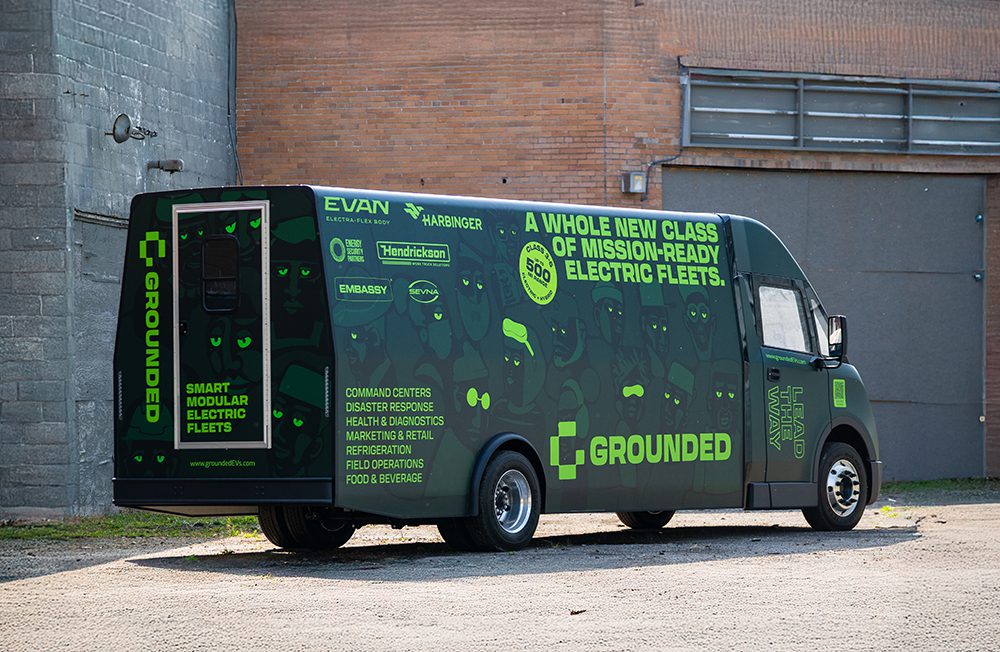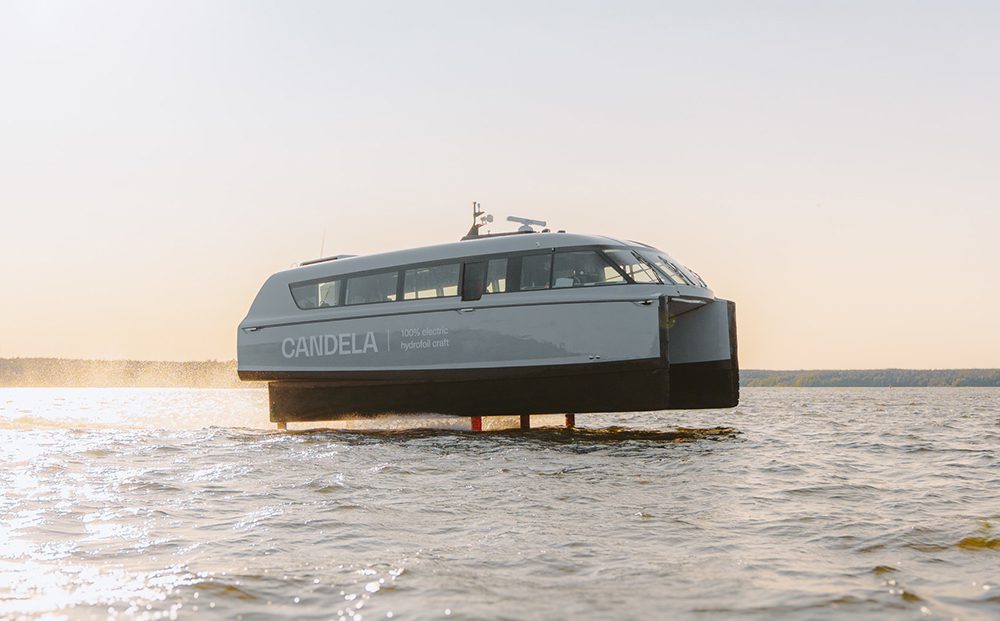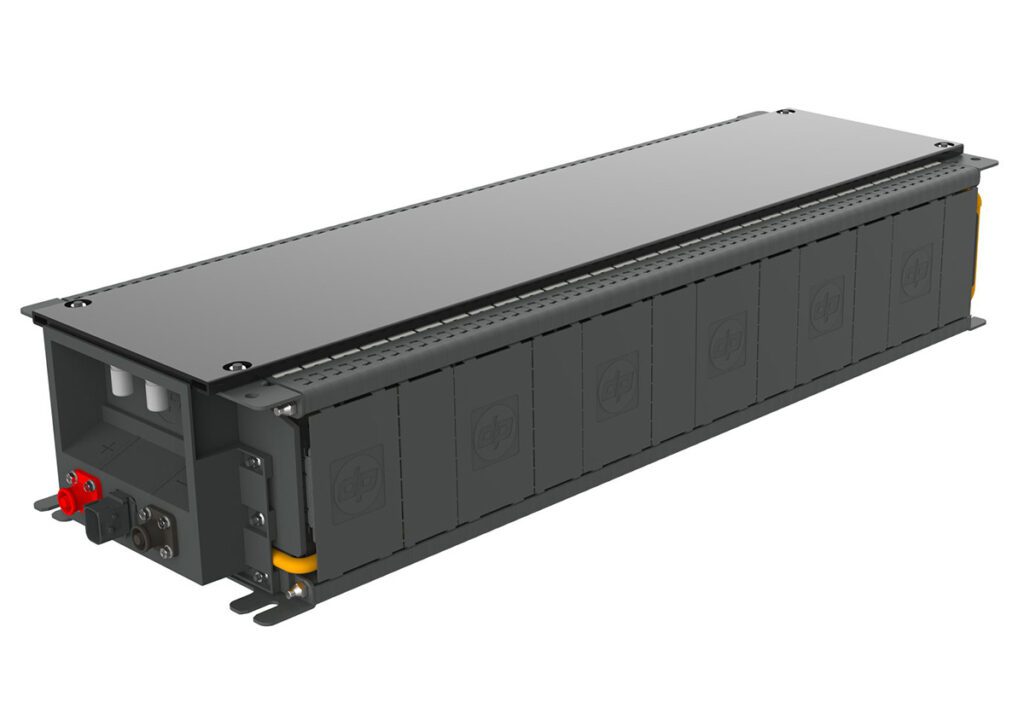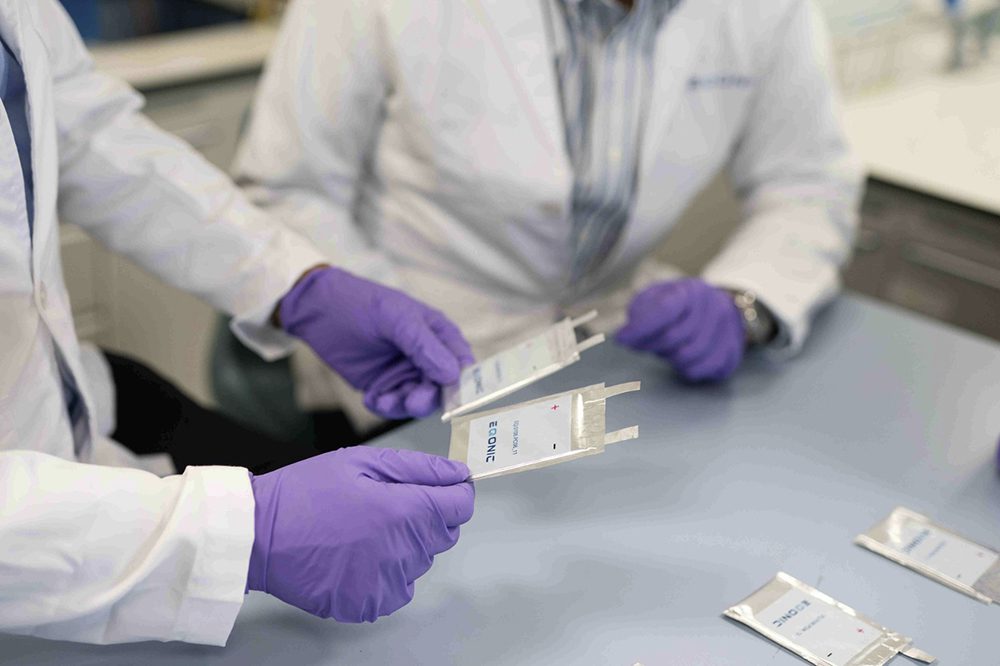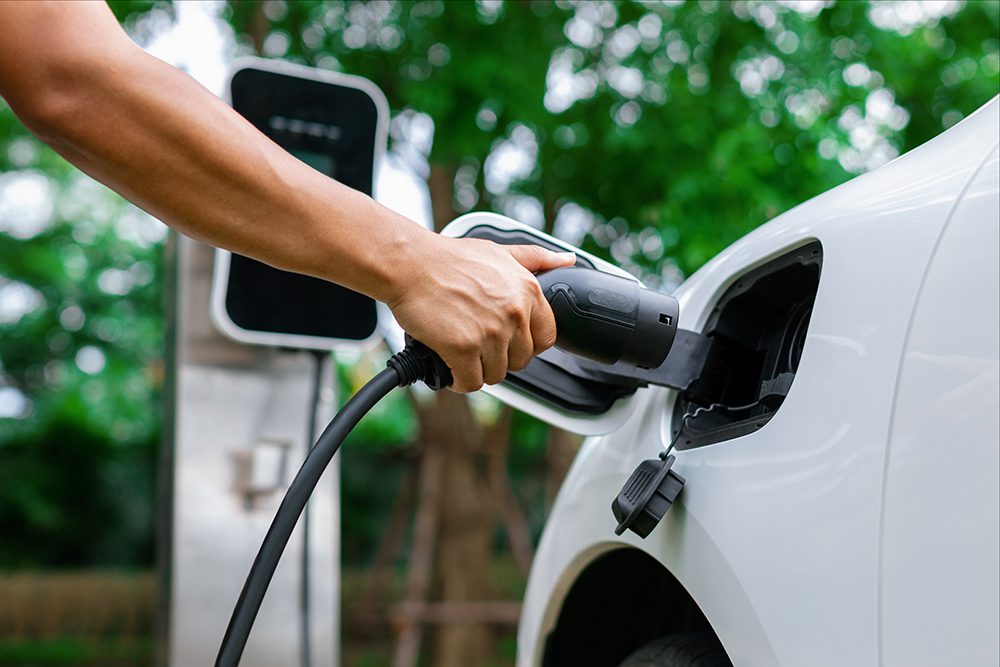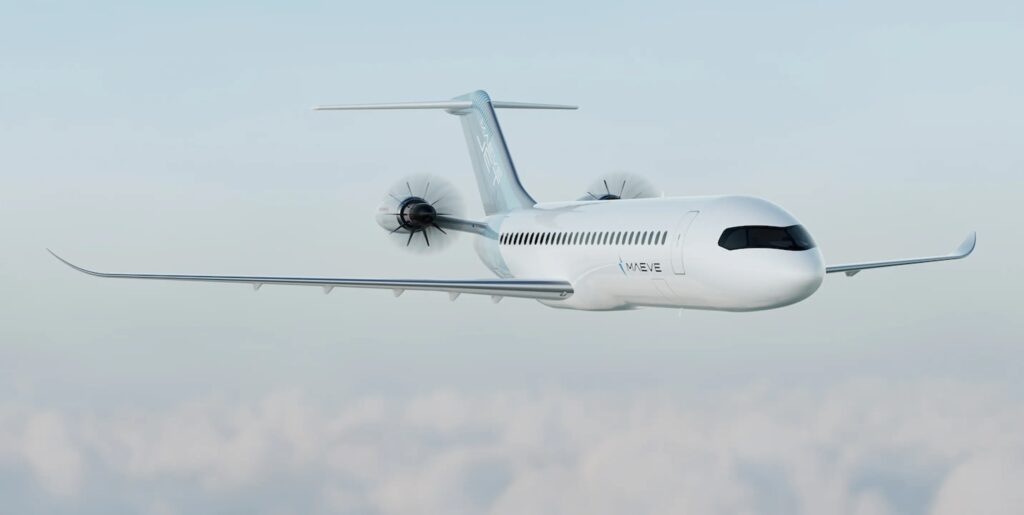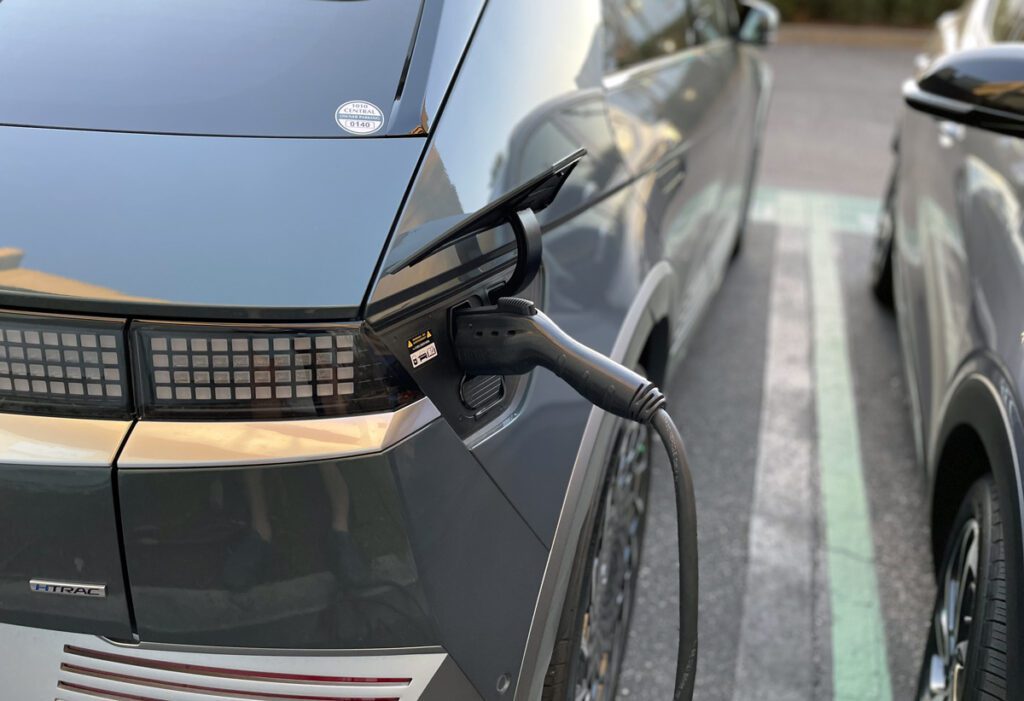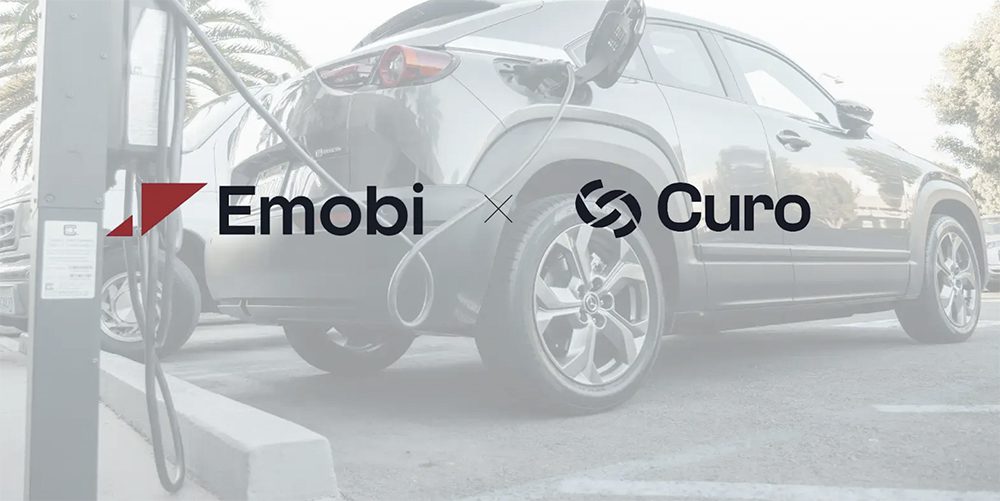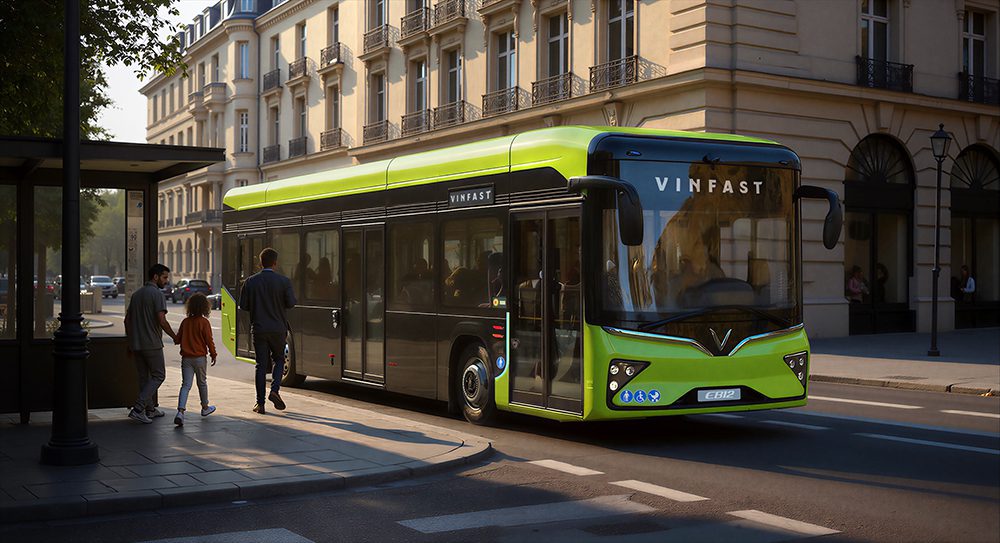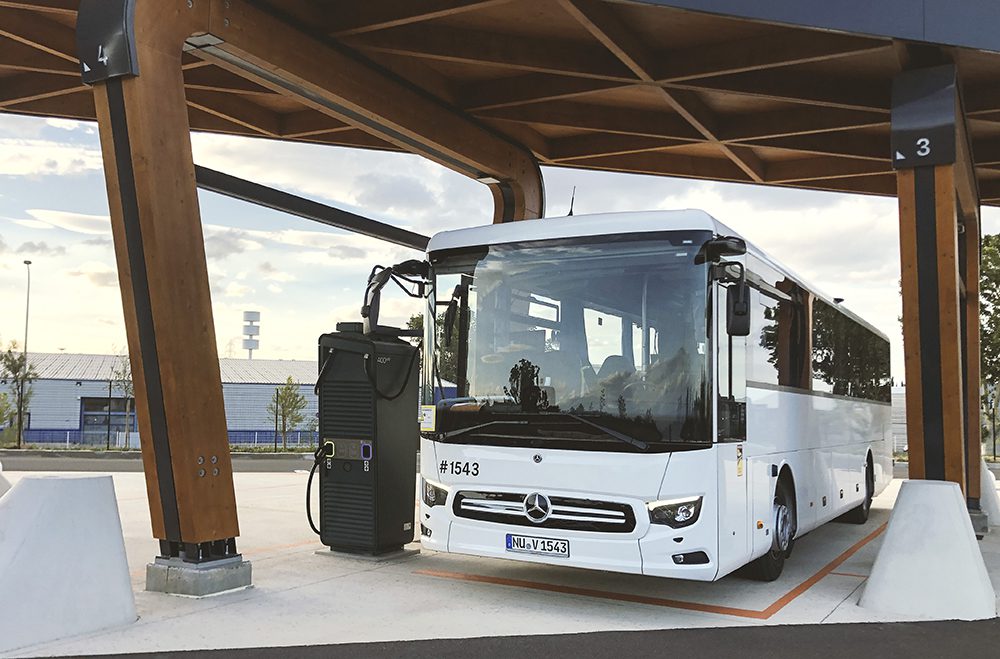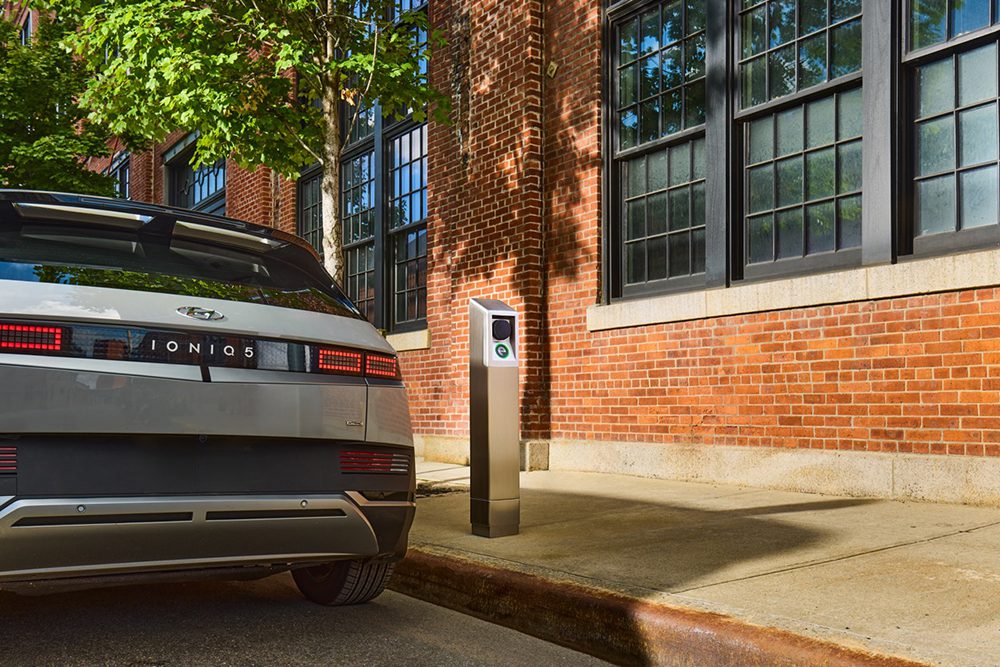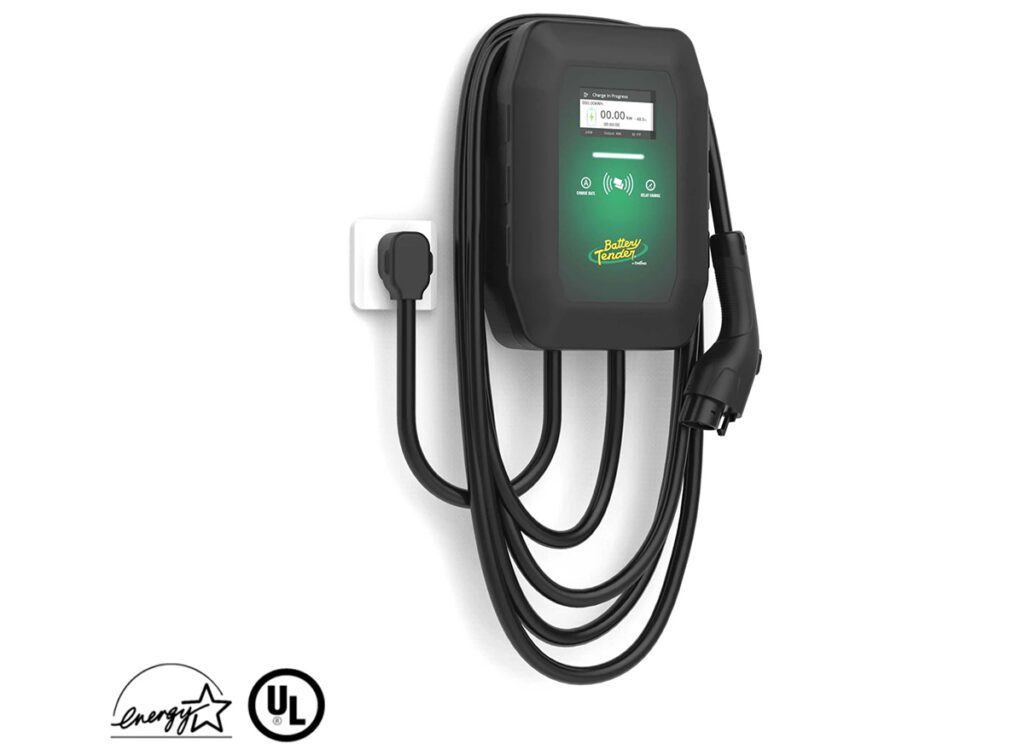Most mainstream EVs from major automakers have used some form of permanent magnet traction motor technology, with two high-profile exceptions: Tesla’s Model S and Model X both use induction motor technology. Internet engineering forums are full of compelling arguments for using both technologies in vehicles, as well as loads of speculation on what drove Tesla to favor induction machines from day one.
The best explanation I’ve read is one based on historical factors. By many accounts, the reason Tesla started developing an induction motor in the first place is because it inherited the design from AC Propulsion. The induction motor used in the Roadster actually had roots going all the way back to GM’s EV1 motor, which was designed by Alan Cocconi. Cocconi based it on existing AC induction motor specs. Tesla initially licensed the design from Cocconi’s company, AC Propulsion. However, Marc Tarpenning later said that Tesla had completely redesigned its induction machine “a year before we were in production…long before we were even into the engineering prototypes.” A lot has changed since those early days in terms of available R&D technology and material costs.
In any case, Tesla’s exclusive use of induction machines has been intriguing to motor experts and EV techies. So, it was particularly interesting in August 2017 when Model 3’s EPA certification application revealed a big change in the powertrain – the document states that Model 3 uses a 3-phase permanent magnet motor.
Tesla rarely offers official comment on technology decisions, so it can be hard to discern the exact engineering thought process. Luckily, I recently moderated a keynote panel discussion of EV tech experts at the Coil Winding, Insulation & Electrical Manufacturing Exhibition (CWIEME) in Chicago. The panel included Konstantinos Laskaris, Tesla’s Chief Motor Designer, so I had the chance to pry a few more details from the world-class motor engineer.
As usual when interviewing engineers from major automakers, Laskaris wasn’t at liberty to tell us all about the specific quantitative analysis that led to choosing a permanent magnet motor. However, he did offer some interesting insights into the engineering processes the company employed in the analysis.
The following is a transcript of our on-stage conversation, edited slightly for clarity.
Konstantinos Laskaris: It’s well known that permanent magnet machines have the benefit of pre-excitation from the magnets, and therefore you have some efficiency benefit for that. Induction machines have perfect flux regulation and therefore you can optimize your efficiency. Both make sense for variable-speed drive single-gear transmission as the drive units of the cars.
So, as you know, our Model 3 has a permanent magnet machine now. This is because for the specification of the performance and efficiency, the permanent magnet machine better solved our cost minimization function, and it was optimal for the range and performance target.
Quantitatively, the difference is what drives the future of the machine, and it’s a tradeoff between motor cost, range and battery cost that is determining which technology will be used in the future.
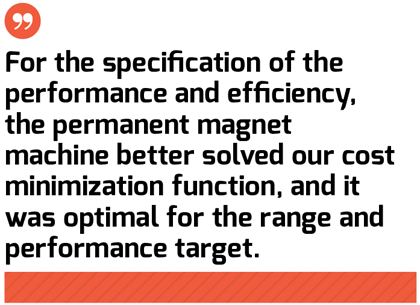
Laskaris later added: When you have a range target [for example], you can achieve it with battery size and with efficiency, so it’s in combination. When your equilibrium of cost changes, then it directly affects your motor design, so you justify efficiency in a more expensive battery. Your optimization is going to converge on a different motor, maybe a different motor technology. And that’s very interesting.
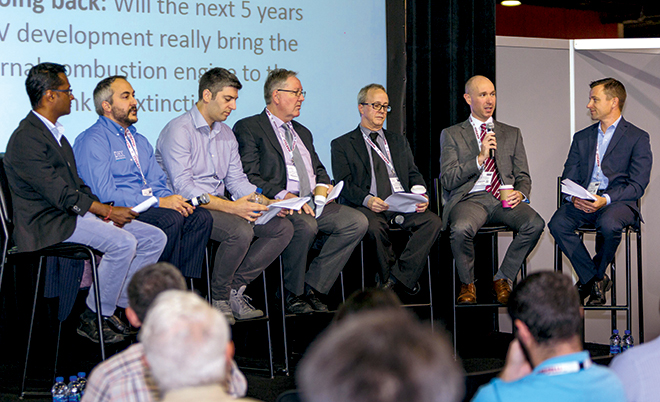 The EV technology expert panelists at the CWIEME Chicago event included, from left to right, Jaydip Das – Carpenter Technology Corporation, J. Rhett Mayor – DHX Machines, Konstantinos Laskaris – Tesla, Peter B. Littlewood – Argonne National Laboratory, Tom Prucha – Protean Electric, Matthew Doude – Mississippi State University, and Christian Ruoff – Charged Electric Vehicles Magazine.
The EV technology expert panelists at the CWIEME Chicago event included, from left to right, Jaydip Das – Carpenter Technology Corporation, J. Rhett Mayor – DHX Machines, Konstantinos Laskaris – Tesla, Peter B. Littlewood – Argonne National Laboratory, Tom Prucha – Protean Electric, Matthew Doude – Mississippi State University, and Christian Ruoff – Charged Electric Vehicles Magazine.
If you combine these comments with those made by Laskaris during our 2016 on-stage interview at the CWIEME event in Berlin, you begin to see a clearer picture of the sophisticated process Tesla uses to evaluate different motor designs and optimize them for the specific desired parameters of each vehicle.
Laskaris: Understanding exactly what you want a motor to do is the number-one thing for optimizing. You need to know the exact constraints – precisely what you’re optimizing for. Once you know that, you can use advanced computer models to evaluate everything with the same objectives. This gives you a panoramic view of how each motor technology will perform. Then you go and pick the best.
With vehicle design, in general, there is always a blending of desires and limitations. These parameters are related to performance, energy consumption, body design, quality, and costs. All of these metrics are competing with each other in a way. Ideally, you want them to coexist, but given cost constraints, there need to be some compromises. The electric car has additional challenges in that battery energy utilization is a very important consideration.
This is the beauty of optimization. You can pick among all the options to get the best motor for the constraints. If we model everything properly, you can find the motor with the high-performance 0-60 constraint and the best possible highway efficiency.
To find answers for these tough engineering questions, Tesla uses sophisticated custom computer simulations that run custom algorithms designed in-house. Before joining Tesla, Laskaris earned a PhD writing the programs that allow computers to more accurately predict how different motor geometries will perform in the real world – a handy skill when you’re trying to evaluate countless motor topologies to find the best.
The next CWIEME event is in Berlin, June 19th to 21st, 2018. I’ll see you there.
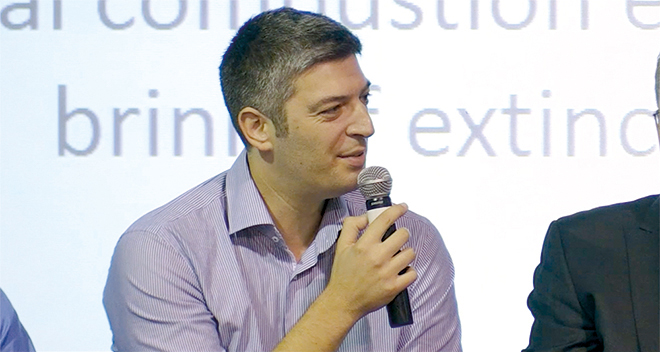 Konstantinos Laskaris, Tesla’s Chief Motor Designer
Konstantinos Laskaris, Tesla’s Chief Motor Designer
This article originally appeared in Charged Issue 35 – January/February 2018 – Subscribe now.







